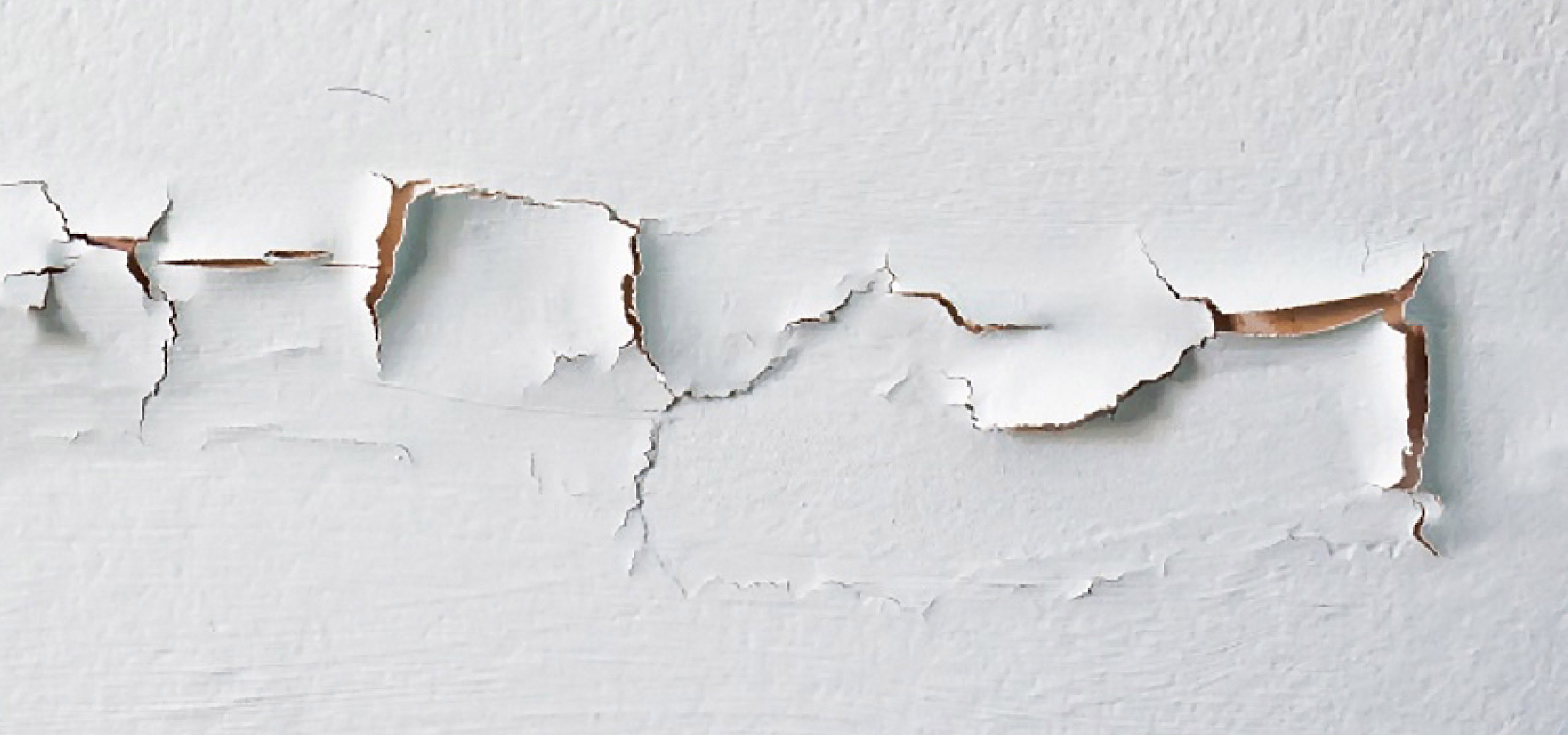Property owners can benefit from understanding how to use homeowner’s insurance to cover residential water damage. Along with understanding how to get the insurer to pay for the damages, property owners should also know how to actually file the homeowner’s claim for the damages. For those who don’t own a home, it still helps to be aware of apartment water damage laws and how they apply to different situations.
How to Get Insurance to Pay for Water Damage
Determine whether or not the homeowner’s insurance policy provides coverage for the type of water damage repairs you needed. Behind hail and wind damage, this is the most frequent type of claim on homeowner’s insurance policies.
The different types often include storm-related, flood damage, overflow, sewer or water backup, and accidental or sudden discharge. Whether or not you can get the insurer to pay depends on if the incident was sudden and accidental or gradual, the source of the flood damage, and if the particular category is covered by your policy.
Homeowners insurance typically assess gradual damages based on the type of coverage, the exclusions, or the terms of the policy. Physical evidence of structural damage that occurs suddenly rather than gradually over time is what usually substantiates property owners making a claim on their policy. If the claim is denied, property owners can benefit from obtaining a full explanation from the insurer and a second opinion from a certified water damage restoration service.
Filing a Homeowners Claim for Water Damage
Properly filing a claim involves documenting the damages and contacting the insurer quickly after discovering the issue. Documentation should include the photographs of the property damaged and the source of the problem. Submitting pictures of the area taken before the damage occurred can also be helpful for filing a claim.
The insurer may send an adjuster to assess the damages, so be sure to hold onto any receipts and documentation from restoration services you’ve already invested in order to receive reimbursement. Having an independent water restoration company provide you with a free estimate beforehand may help increase the amount the insurer is willing to cover. Insurers typically send an advance for half of the settlement you’re able to negotiate for restoration services, minus the deductible already stated on the policy.
Apartment Water Damage Laws
If you live in an apartment, it’s important to be aware of tenant rights if you ever do encounter these types of damages. The landlord may be responsible for reimbursing tenants for any losses, and increased water bill or property damage if they failed to fulfill their duty to ensure the plumbing is in good working order. Typically, laws give the landlord about 30 days to do the water damage repair.
However, a day or two may be considered a reasonable amount of time if the incident involves something more serious like a pipe bursting. Landlords are required to complete repairs and regular maintenance work to ensure that the apartment is habitable for the tenants and other occupants. Tenants are also required to exercise diligence and inform the landlord when an issue arises.
If the tenant’s property is damaged, they have the right to request the landlord either repair it, replace it, or reimburse them for the cost. In order to prove the landlord is being negligent about keeping the essential plumbing working properly and free of leaks, tenants must document important dates like when the incident occurred, when they informed the landlord, and how long it took to get it resolved.
